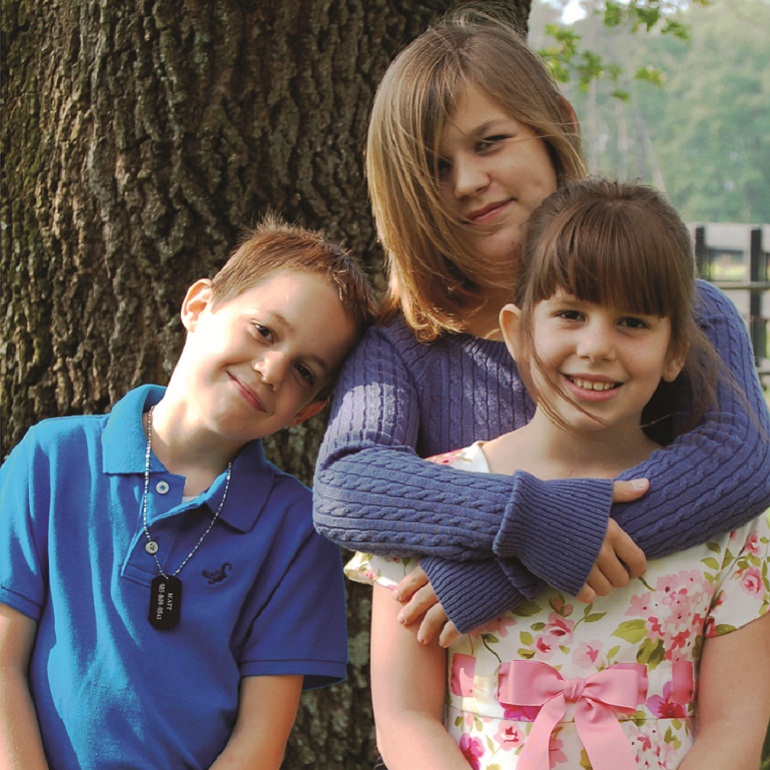In the more than 25 years I’ve worked in the child welfare system, including my years as National Project Director of AdoptUsKids, I’ve truly come to believe that almost any family can adopt a child from U.S. foster care. As our PSA says, you don’t have to be perfect to be a perfect parent.
The number of adoptions from foster care has risen slightly in recent years, but many more adults consider this route without taking action, due to skepticism about the process. With a little education, I’ve seen many of them become, yes, perfect parents to children in need of “forever families.” Here, we hope to demystify the process of adoption from foster care with answers to common questions.
How to Adopt: Foster Care Process and Guidelines
I can explain the process in general terms, but each state has its own adoption laws and policies, and the steps involved vary. It’s wise to learn about your state’s laws at the outset. If you contact AdoptUSKids by phone (888-200-4005) or online, you’ll be put in touch with a public agency (or a contracted private provider) in your state.
Prospective adoptive families don’t have to have a lot of money or own their home. In all but a few states, parents can be married or single. (Single-parent families accounted for 29 percent of all adoptions from foster care in 2014, according to data from the Adoption and Foster Care Analysis and Reporting System, or AFCARS.) A prospective adoptive family must demonstrate that they can provide a permanent home for a child or a sibling group, and that they can provide a safe environment and support the child’s physical health, mental health, and educational and social needs.
How long does it take to adopt from foster care?
The freeing of a child for adoption through the termination of parental rights and the legal process of adoption are complex procedures. Families who are just beginning to explore whether or not adoption from foster care is right for them should plan on spending nine to 18 months, on average, to complete the inquiry, orientation, preparation classes (typically 24 to 30 hours over the course of several weeks), and homestudy requirements. In 2014, children spent an average of 12 months in foster care between the time when parental rights were terminated and their adoption.
How much does it cost to adopt a child from foster care?
Families who work directly with a public agency typically incur no costs. Families who use a private agency, which will, in turn, work with the public agency in their state or county, may have some out-of-pocket expenses. Families can typically recoup most or all of these expenses after finalization through the federal adoption tax credit.
What’s an adoption subsidy?
Ninety-one percent of the children adopted from foster care in 2014 qualified to receive an ongoing subsidy because they met their state’s definition for “special needs.” (In 2013-14, those families received an average of $782 per month.) The purposes of adoption subsidies are to remove the financial barriers that may prevent a family from adopting from foster care, and to ensure that a child’s special needs are met until he becomes an adult, between the ages of 18 and 22, depending on the state.
How does a child’s legal status affect the adoption process?
Many states now offer a dual foster/adoption licensing process, because a child is considered a foster child until his adoption is finalized. While states have different laws regarding the termination of parental rights (TPR), no adoption can be finalized until the child’s birth parents have been identified, notified of their legal rights, and given an opportunity to participate in the court process, and the TPR process is completed. Although many changes have been made in recent years to streamline the TPR process, this can take many months.
From the perspective of the child’s best interests, it is better to be in a foster-to-adopt (or “concurrent”) home as early as possible in his stay in foster care. If reunification of the birth family and the child is not possible, he will already have been with a family who can adopt him. Most states give top priority to relatives and current foster parents when a child becomes legally freed for adoption. In 2014, 86 percent of children adopted from foster care were adopted by relatives or foster parents.
Find your state’s statutes governing the termination of parental rights by a court in “Grounds for Involuntary Termination of Parental Rights,” a publication from the Child Welfare Information Gateway.
Can I adopt a child who lives in another state?
Yes! You can look adoptuskids.org to see children from across the country who are waiting for permanent families. Adopting across state lines means families must familiarize themselves with the laws and practices of both their own state and the child’s state, and they need to be sure from the outset that their homestudy agency can assist them in completing an interstate adoption.
Can adoptive parents specify preferences about the child they are seeking to adopt?
A key part of the preparation and homestudy phase is working with a social worker to identify the characteristics of the child(ren) you are interested in adopting and able to parent. These may include age, gender, race, and physical and mental health. Families also need to explore what connections to the child’s birth family are in his best interests to preserve. In many states, older children (ranging from 10 to 14 years) must consent to their own adoptions.
What does “special needs” mean as it relates to children in foster care?
Each state defines special needs differently. In general, however, a child may be considered to have special needs if he is age five or older, is a member of a minority group, has one or more ongoing physical, mental, or emotional health issues, or is part of a sibling group being placed together.
Can parents use a private agency or a social worker?
States differ in how they work with private adoption agencies and whether they will accept a homestudy prepared by a social worker who is not affiliated with a public or private agency. It is important to ask about your state’s policies at the very beginning of your journey to adoption.
Is it necessary to involve an attorney in the process?
In most states, adoption from foster care does not require a family to hire an attorney. Some families choose to do so because it gives them greater confidence in the legal process. In most states, children are represented by attorneys in the process, but if the adoptive parents want legal representation, they must use a different attorney.
What does a caseworker do?
Each child has his or her own caseworker. The caseworker is a key player in the process, charged with ensuring that the child’s needs and rights to safety, permanency, and well-being are met. The child’s caseworker is rarely the sole decider as to who will adopt the child, but is likely to be the person with whom the family will communicate, either directly or through their adoption social worker, until the adoption is finalized.
Are adoptions from foster care generally successful?
Adoptions appear to be more stable when parents have flexible and realistic hopes and expectations for their children and when they make use of any post-adoption supports that are available to help with learning, medical, behavioral, or emotional challenges. It is important for families to ask about adoption support services as soon as a particular child has been identified for adoption.


